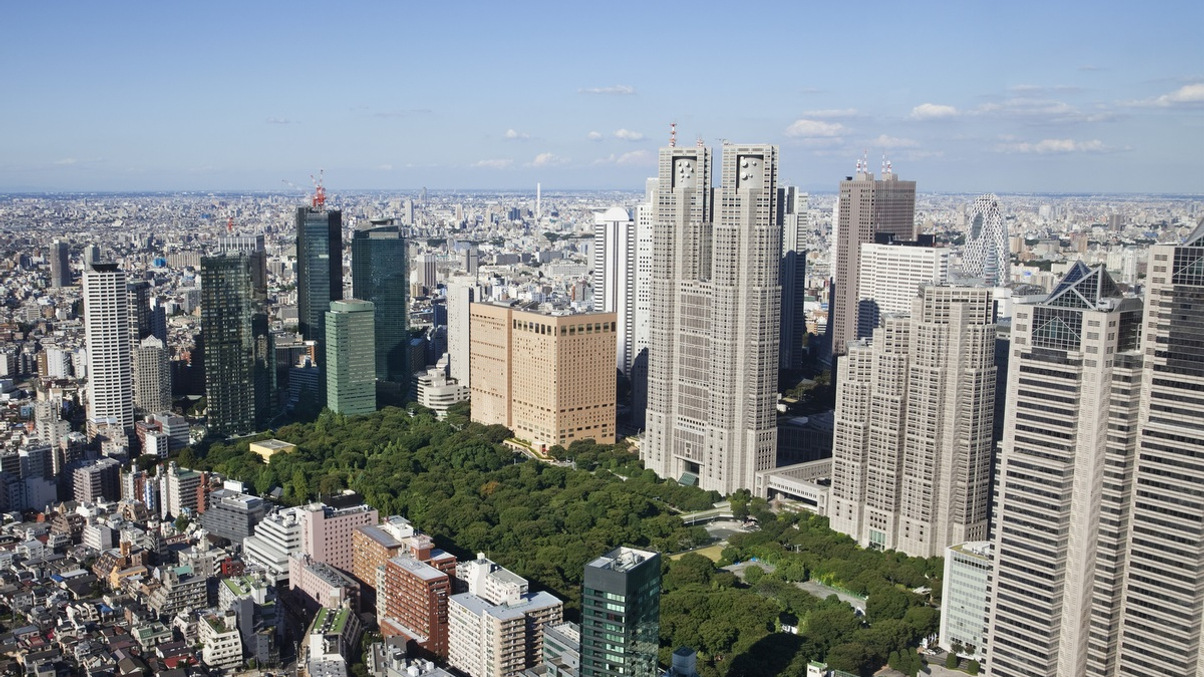Investors flocking to Japanese multifamily property
Overseas investors are flocking to Japanese housing. As the latest deal shows, there is increasing competition within one of the most sought-after real estate markets in Asia-Pacific.

Japanese multifamily residential properties have come onto the radar for overseas investors searching for attractive investments within Asia-Pacific commercial real estate.
Sign In to Your Account
Access Exclusive AsianInvestor Content!
Please sign in to your subscription to unlock full access to our premium AI resources.
Free Registration & 7-Day Trial
Register now to enjoy a 7-day free trial—no registration fees required. Click the link to get started.
Note: This free trial is a one-time offer.
¬ Haymarket Media Limited. All rights reserved.


